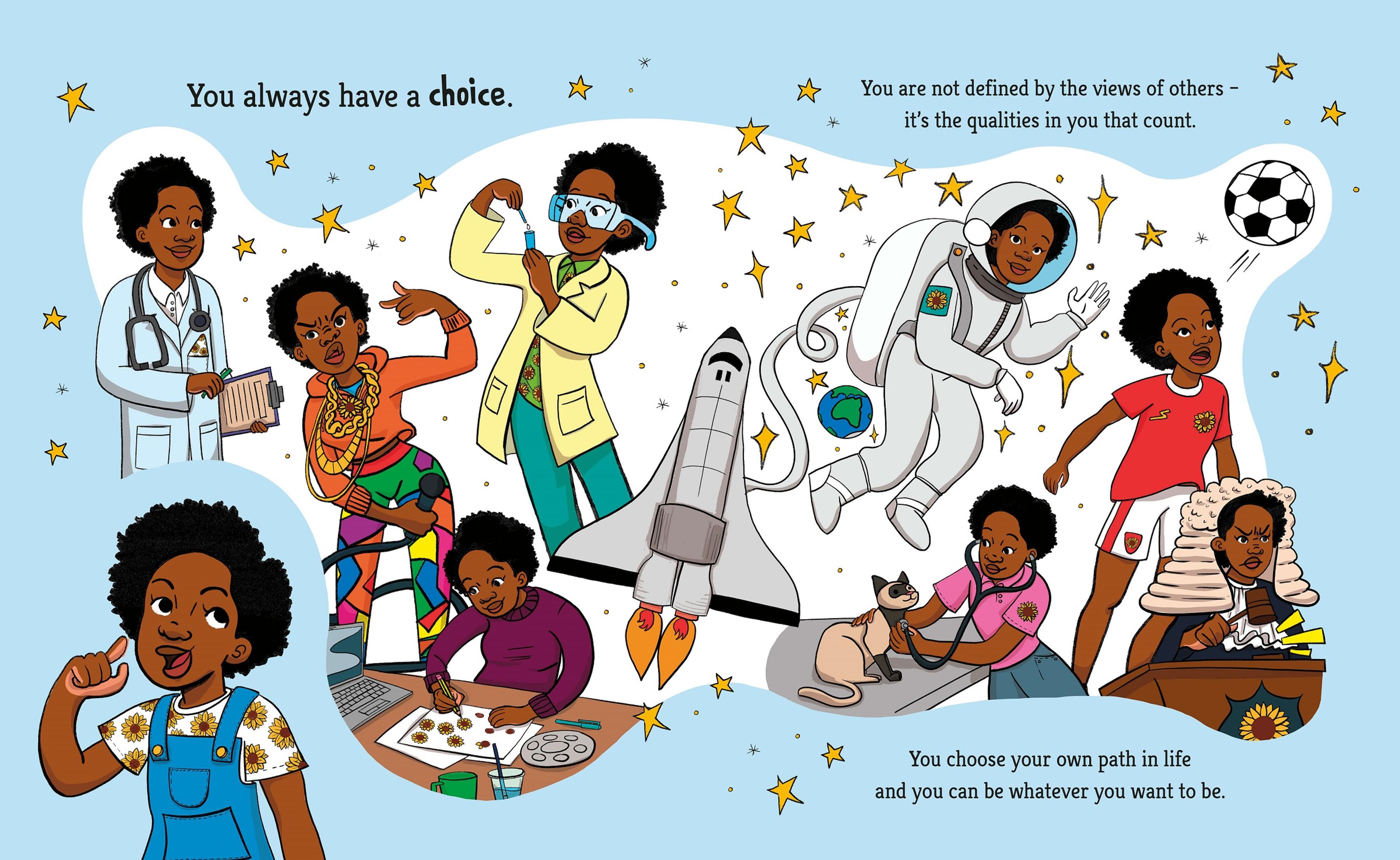Illustration first moves
by Josie Spalla, Quentin Blake Centre team
The essentials for getting your illustration career started from our event at New Designers 2022.
Earlier this month we invited illustrators Chanté Timothy and Sharpay Chenyuè Yuán, to join Sarah Morris (The Association of Illustrators) and George Morton (Grand Matter) to share their wisdom on starting out in the illustration industry. Missed it? – no problem: we have you covered with our round up of top tips...
Find what works for you
Every illustrator has their own unique way of working and it can take time to find the place your work fits. Maybe what you do is just right for picture books, or you’re more suited to editorial, advertising or something else. You might be an all-rounder who can adapt to anything! No matter what kind of work you want to do, if you present your work and interests in a clear and authentic way, future clients and collaborators will know what you’re about.

The key to finding opportunities
Be selective about who you are reaching out to so that your time and effort is well spent. Do your research! If you’re writing to the art director of a magazine or brand you’d like to work for, find out their name and write directly to them. Have a look at some of the work they have commissioned and highlight the aspects of your work you think will be most interesting to them. Don’t be disheartened if you don’t hear back right away! This isn’t a reflection on your work, just of the limited time that many industry professionals have.
If you’re submitting an application for a residency or entering a competition, have a close look at the criteria. Make sure you provide all the information that you are asked for, and present your work and ideas clearly. Most importantly, be yourself!
Get your price right
Pricing your illustration work can be daunting, but by bearing a few things in mind, you can make sure your work is paid fairly. Project budgets can vary a lot across different parts of the industry: an editorial project for a magazine is likely to have a smaller budget than an advertising campaign. No matter what the project is, it is important that your work is valued.
Consider how much time it will take you to work on a project – will it take you a couple of days, or many weeks? How long will the commissioner use your image for, how will it be reproduced and how many places will it appear in?
The use of your work should be agreed with you in a contract. Contracts can be complicated! The Association of Illustrators has a range of resources that can help you to understand them.
It may be that a proposal from a potential client isn’t workable for you, and you might make the difficult decision not to collaborate with them. We loved Sharpay’s ‘three Fs’ that help her to decide whether to take on a project – each project has to have at least two: Fun, Fame, or Fortune.

Don’t forget to take care of yourself
Working hard at something you love can lead to burn-out. Taking regular breaks and making time for talking a walk, cooking or anything else you find relaxing is great for your wellbeing, and ultimately good for your creativity.
Be prepared for it to take time to find the right projects, clients and collaborators. It can be disappointing if an approach to someone or an application you make doesn’t turn into a project – don’t take it personally and keep going!